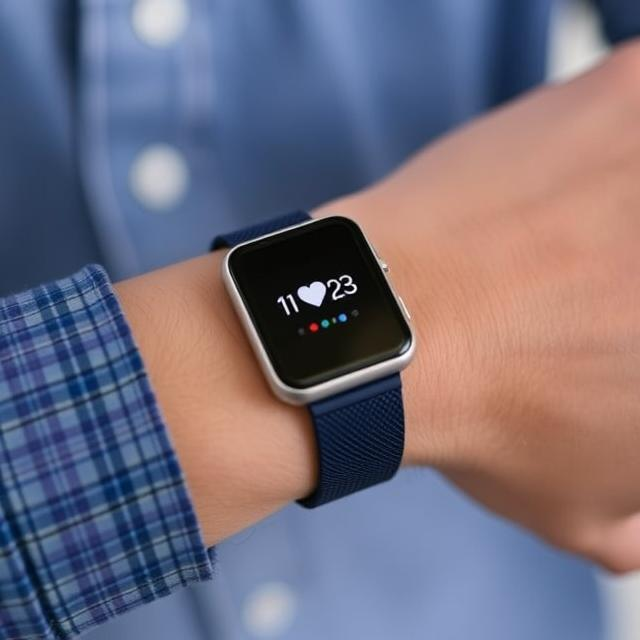Technology has an impact on healthcare, and wearable gadgets are at the forefront. These small clever devices help people keep an eye on their health as it happens giving useful info that boosts wellness and medical treatment. From keeping tabs on daily movement to handling long-term sicknesses wearable tech makes healthcare easier to access and more effective. Let’s take a look at how these breakthroughs are shaking up the field.
1. Real-Time Health Monitoring
Smartwatches and fitness trackers let people keep tabs on their health all day long. These gadgets check key things like heart rate, blood pressure, and oxygen levels as you go about your day. By giving up-to-the-minute info, they help folks take charge of their health and also allow doctors to watch how patients are doing from afar. Catching problems can stop small issues from turning into big health troubles.
2. Managing Chronic Illnesses
For people with ongoing health issues like diabetes or heart problems wearable devices can transform their lives. Consider glucose monitors as an example—these gadgets allow diabetics to check their blood sugar without constant finger pricks. Warnings tell users when levels spike or drop helping them act fast to avoid risky complications.
3. Promoting Better Health Habits
A key benefit of wearable tech is how it pushes people to adopt healthier routines. Fitness trackers and health apps give quick updates on daily activities, like steps taken, calories burned, and sleep patterns. By creating targets and monitoring progress, users feel more driven to keep moving and make smarter lifestyle picks, which cuts down the chance of future health problems.
4. Remote Patient Monitoring
Wearable tech makes healthcare easier to access for older people and those who can’t move around much. Gadgets that check vital signs can send data in real time straight to healthcare workers cutting down on the need to visit in person often. This not makes healthcare more convenient but also helps doctors spot potential health issues early and step in .
5. Improving Heart Health with ECG Monitors
Many new smartwatches now have ECG (electrocardiogram) monitors built in. These can spot irregular heartbeats, like atrial fibrillation (AFib). By catching these problems , users can get medical help before things get worse. This lowers the risk of serious heart problems and boosts overall heart health.
6. Helping Patients Stick to Treatment Plans
Sticking to a treatment plan can be tough, but wearable devices make it easier. Smart reminders help users take their meds on time, do their daily exercises, and follow doctor’s orders. These gentle nudges make sure patients follow their treatments better, which leads to better health in the long run.
7. Making Smarter Healthcare Decisions with Data
Wearable gadgets gather a lot of health data over time, which patients can share with their doctors to improve their care. By looking at trends and patterns, healthcare providers can make better choices about treatments and personalized care plans. This data-driven approach helps doctors get a deeper understanding of patient health and make needed changes to improve results.
